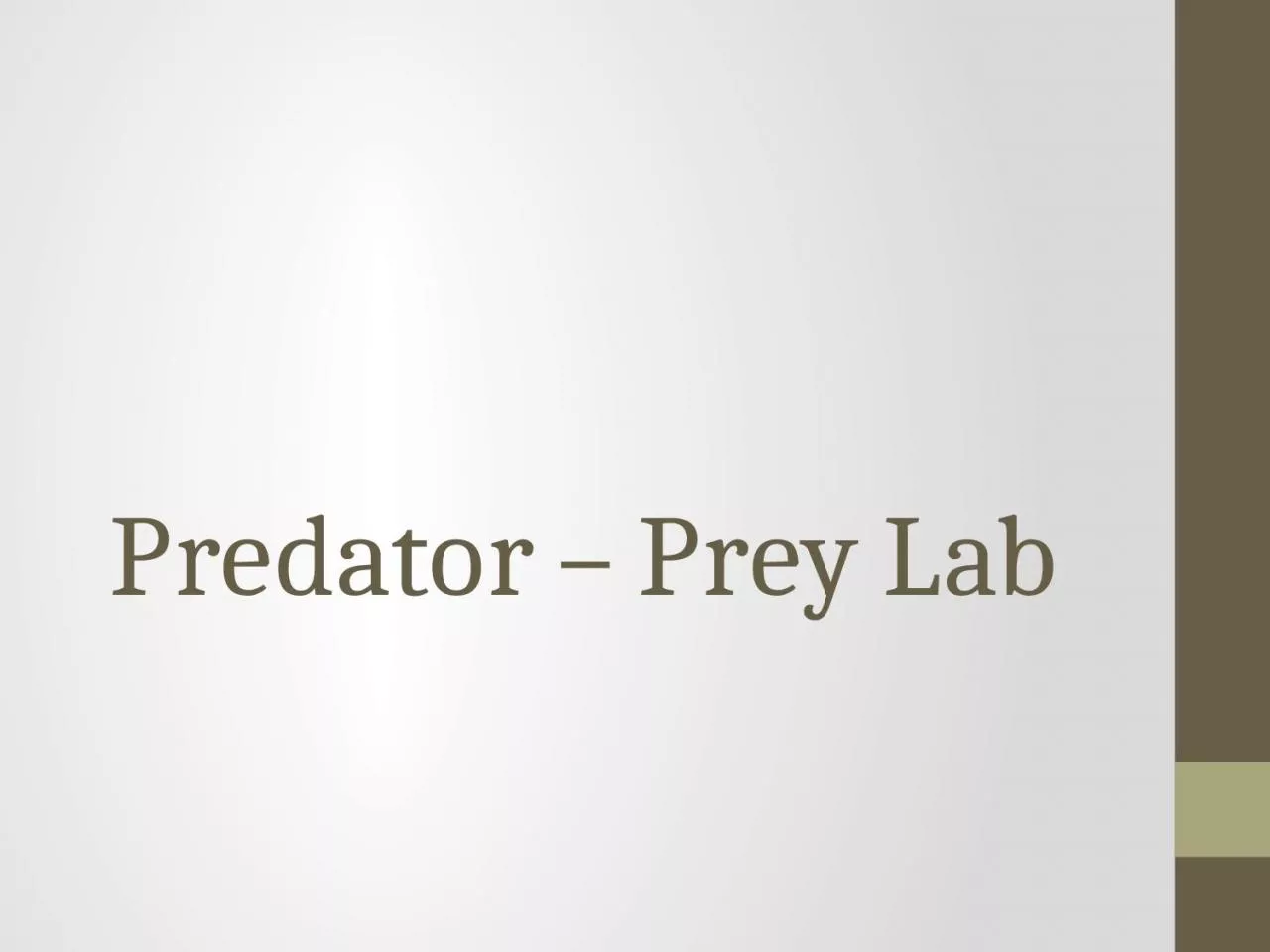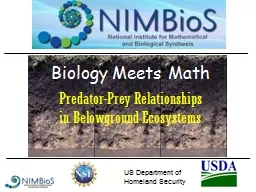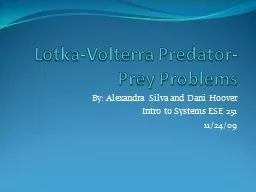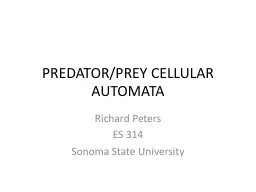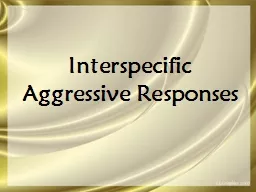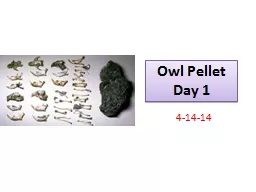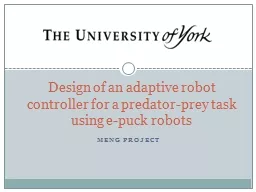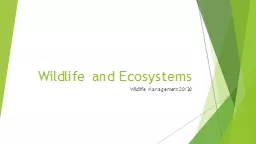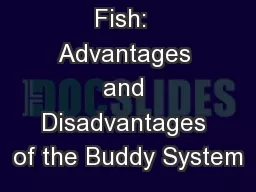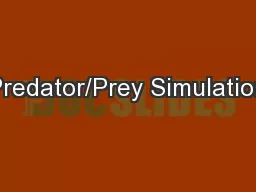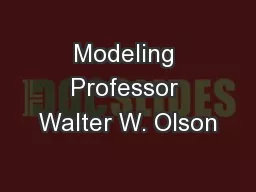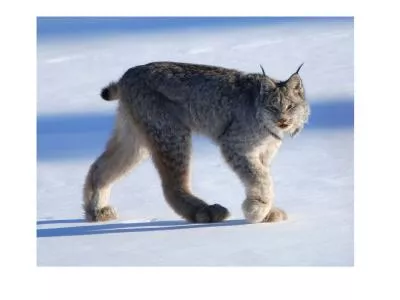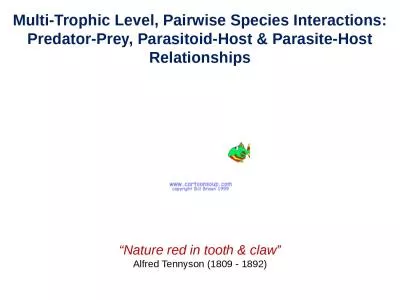PPT-Predator – Prey Lab Experiment
Author : bety | Published Date : 2023-10-26
Our simulation will consist of a game in which predators students with different size mouths forceps will compete to capture prey beans which vary in color There
Presentation Embed Code
Download Presentation
Download Presentation The PPT/PDF document "Predator – Prey Lab Experiment" is the property of its rightful owner. Permission is granted to download and print the materials on this website for personal, non-commercial use only, and to display it on your personal computer provided you do not modify the materials and that you retain all copyright notices contained in the materials. By downloading content from our website, you accept the terms of this agreement.
Predator – Prey Lab Experiment: Transcript
Download Rules Of Document
"Predator – Prey Lab Experiment"The content belongs to its owner. You may download and print it for personal use, without modification, and keep all copyright notices. By downloading, you agree to these terms.
Related Documents

